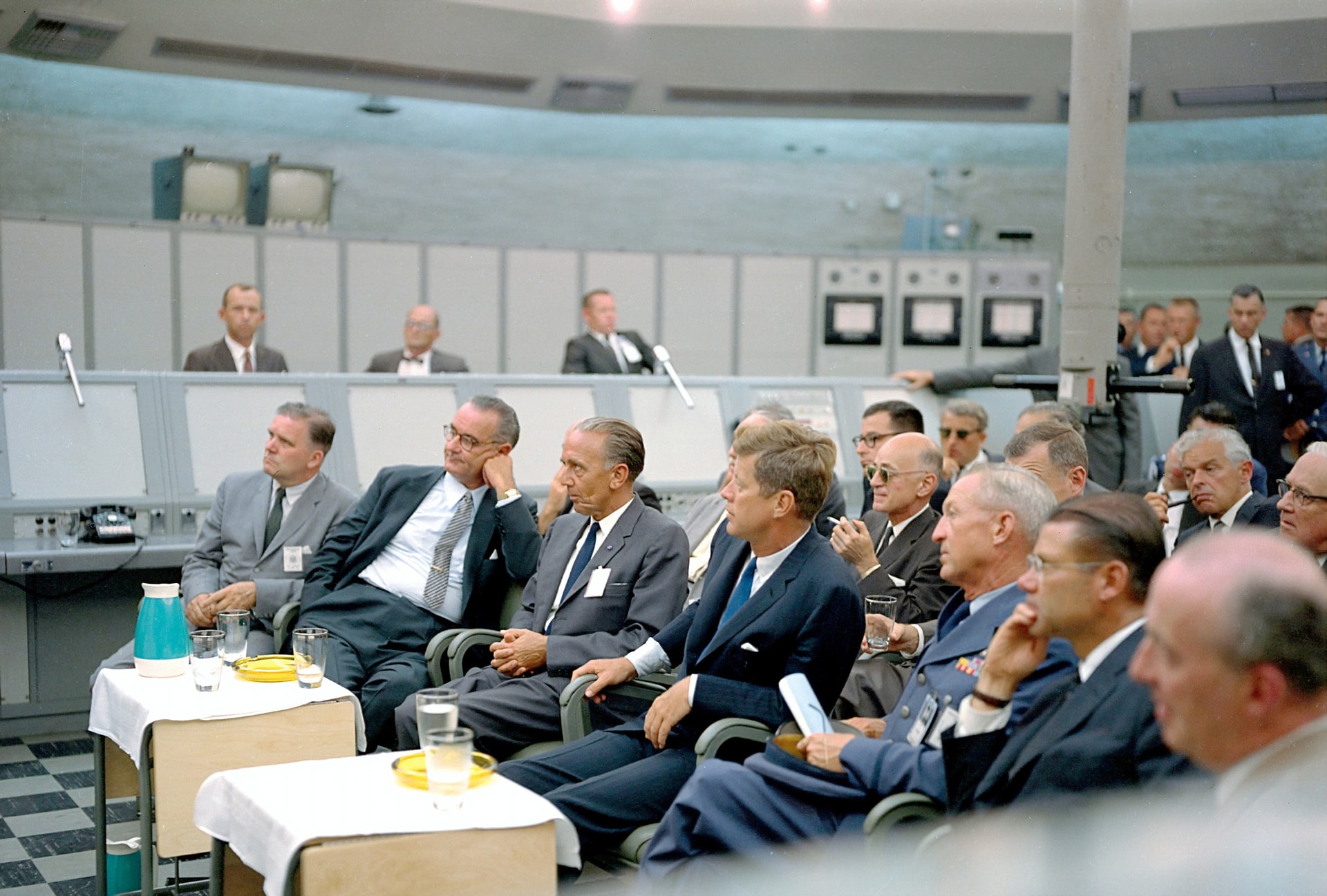
Consider a government with a nascent public administration and a shambolic civil service. That is, a fledgling government beset by political and administrative difficulties, as well as a lack of finance and capacity to run and deliver public goods and services. Nearly two billion people, including nearly half of the world’s poor, now live in countries with ineffective governments beset by instability and violent conflict cycles.
Governments at all levels, local, regional, state, and federal, have had a role in generating and preserving racial disparity since the founding of our country. A wide range of laws and policies were enacted, affecting everything from voting rights to citizenship, property ownership, and where people may live. Laws and policies enacted during the Civil Rights Movement aided in the formation of good reforms, particularly in dealing with explicit instances of discrimination. Despite advances in combating blatant discrimination, profound, pervasive, and long-standing racial disparities persist across the country. Racial disparities persist in all areas of fulfillment, including education, criminal justice, employment, housing, public infrastructure, and health, regardless of locale.
Consider the funding of schools, as well as the relationship between racial and economic segregation in housing. Clearly, we are not living in a “post-racial” culture, and while there is a strong link between race and intelligence, simply discussing class is insufficient.
To achieve greater systemic change, municipal and regional governments have the freedom to execute volte-face at various levels and across multiple sectors. Many municipal governments, for example, have tried to reduce recidivism and racial injustice by enacting “ban the box” legislation that prohibits the use of criminal background checks in decision-making. As a result, the state of Minnesota adopted this policy, and a big corporation, Target, modified its policy not only at the state level but also nationwide.
It’s crucial to remember that improvements must be sustainable in order to have a long-term influence. Working for racial justice at the local and regional levels can result in meaningful education with the community and other institutions, which can help to assure long-term success.
